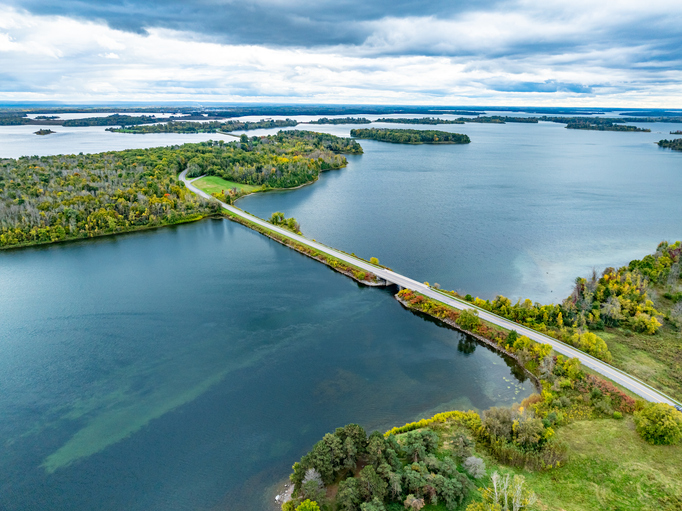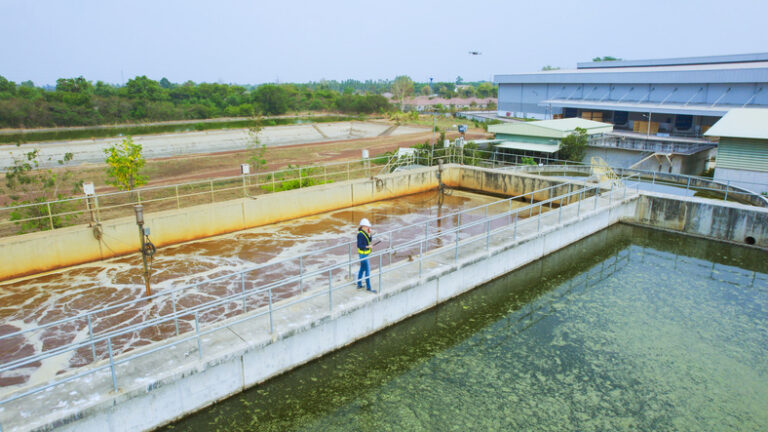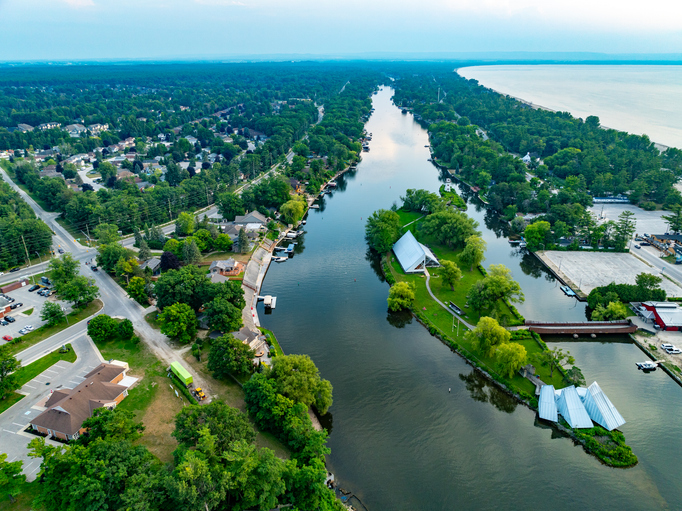The past two decades have seen the rapid rise of clean technology (‘cleantech’), from the term’s introduction in 2002 to an expected $2.5 trillion global market by 2022. Defined by Natural Resources Canada (NRCan) as “any process, product, or service that reduces environmental impacts,” cleantech encompasses a wide range of solutions across multiple sectors looking to support ambitious environmental and climate goals.
Alongside this trend, there is growing awareness of the existing and emerging challenges faced by engineered and natural water systems, particularly in response to climate change. In Canada, the federal government has launched two new high-profile initiatives—the Canada Water Agency and Blue Economy Strategy—to advance national conversations around the future of Canada’s freshwater and ocean resources. The government also committed to ending all long-term drinking water advisories on First Nations reserves by March 2021, a goal which to date has not been met.
With the urgency of these challenges and the corresponding need for water solutions (some comfortably fitting within the cleantech definition and others less so), it’s surprising to learn that no widely accepted definition of water technology (‘water tech’) currently exists. Organizations and initiatives such the Government of the Netherlands and the UK’s Water Innovation 2050 strategy have offered a range of ‘water sector’-specific definitions. And somewhat disappointingly, a Google search for ‘water technology’ treats the term as largely synonymous with ‘water treatment.’
In a day and age when the scientific community has established water-related planetary boundaries around freshwater use and ocean acidification, and the international development community has set global Sustainable Development Goals around clean water and sanitation (SDG 6) and life below water (SDG 14), it is time for a definition of water tech that considers water across the entire water cycle.
Along with this new, broader scope, it’s important to consider the social purpose that water technology serves. Globally, water tech must work to advance SDG 6: ensuring availability and sustainable management of water and sanitation for all. In Canada, it must support water equity for Indigenous, remote, and rural communities. And just as NRCan’s definition of cleantech sets an aspirational goal of reducing environmental impacts, a definition of water tech must serve to inspire and propel a growing ecosystem of innovators and changemakers rather than constrain water solutions within a rigid box.
So let’s give it a try. Water technology or water tech refers to processes, products, and services that support sustainable and equitable water quality, quantity, supply, and management across the entire water cycle, as well as the interaction and integration of water with other human and natural systems. Building on this, water innovation refers to the development and implementation of novel ideas, processes, and systems to advance water needs and challenges across all sectors.
While this definition is only a starting point, it acknowledges the more than 600 organizations that make up Canada’s water technology ecosystem (along with the thousands of water technology users and stakeholders they serve). The water technology ecosystem was mapped through a recent collaboration between Foresight Cleantech Accelerator Centre, the International Institute for Sustainable Development (IISD), and Aqua Forum. Some of these organizations have traditionally been considered part of the ‘water sector’ (e.g., municipal utilities), while many more have not (e.g., lithium brine mining start-up Summit Nanotech or aquaculture technology start-up Aquafort AI).
Canada’s rising tide of innovative water solutions offers an opportunity to build and support a home-grown, sustainable, and equitable ecosystem of organizations working collaboratively to meet the world’s most pressing water challenges. So let’s define water technology on our own terms, and let’s set a high bar to propel water innovation through the coming decade and beyond.
This H2Opinion was written by Alan Shapiro for the May/June 2021 issue of Water Canada. Shapiro is the director of waterNEXT, Foresight Cleantech Accelerator Centre’s new Pan-Canada water technology ecosystem initiative, and principal at Shapiro & Company. You can find him on Twitter @watercomm.










